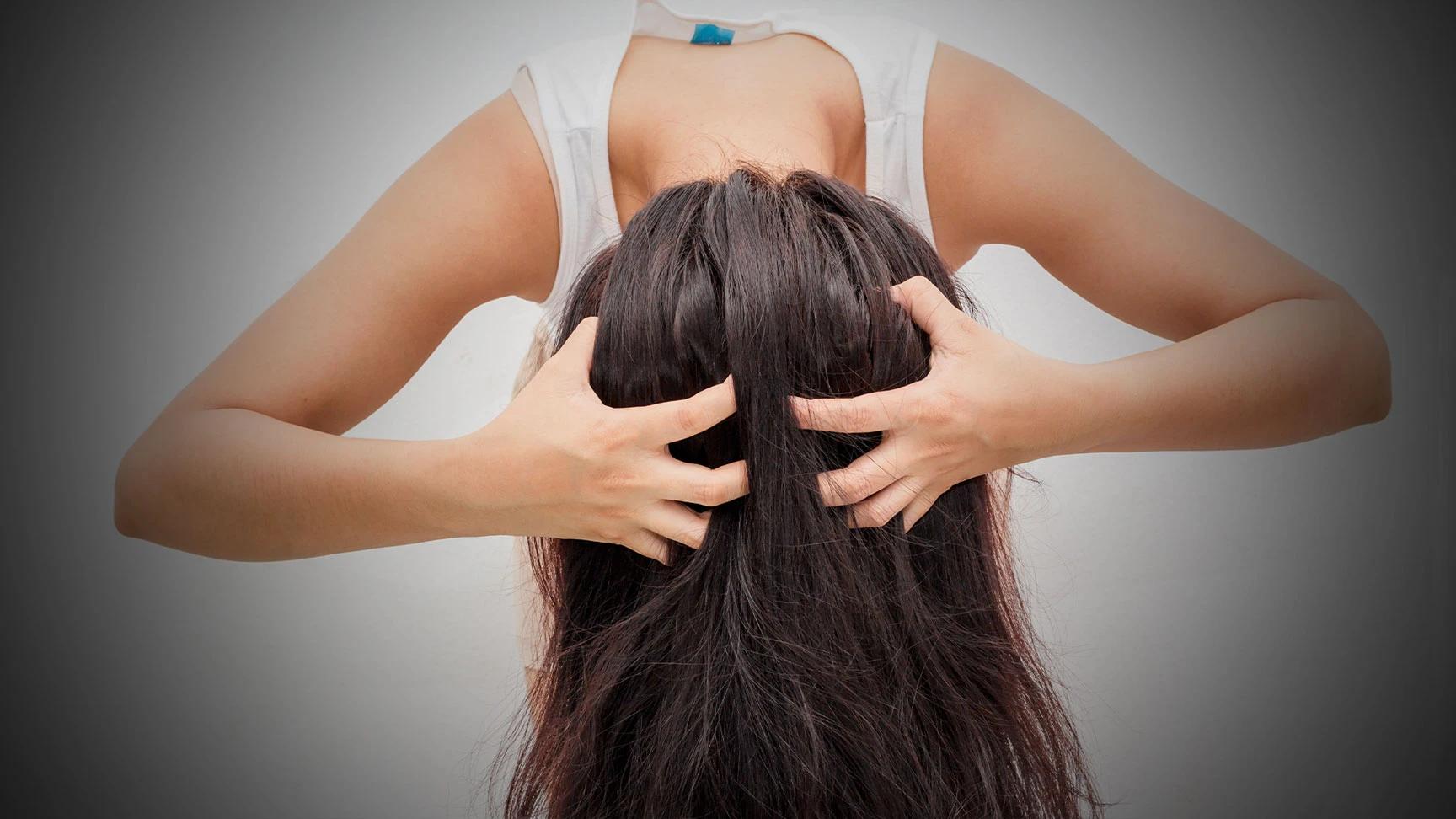Lifestyle Factors Affecting Hair Growth
Stress, lack of sleep, and hormonal changes can all affect hair growth and health. While you might not be able to eliminate stress completely, managing it through exercise, meditation, or other healthy outlets can benefit your hair. Adequate sleep and staying hydrated also support your body's natural hair growth processes.
The Art of Hair Detangling
Hair detangling might seem straightforward, but doing it wrong can cause significant breakage and damage. The key is patience, the right tools, and proper technique. Never detangle hair aggressively, especially when it's wet and at its most vulnerable state.
Tools and Products for Effective Detangling
Invest in a high-quality wide-tooth comb and a detangling brush designed for your hair type. Detangling products like leave-in conditioners, detangling sprays, or light oils can provide the slip your hair needs for easier combing. Apply these products before attempting to detangle, especially if your hair is prone to knots and tangles.
Step-by-Step Detangling Process
Always start detangling from the ends and work your way up to the roots. Section your hair if it's particularly tangled or thick. Hold the section you're working on above where you're combing to avoid putting tension on your scalp. If you encounter a stubborn knot, apply more detangling product and work it out gently with your fingers before using a comb.
Detangling Different Hair Textures
Curly and coily hair types should primarily detangle when hair is wet and coated with conditioner. Straight and wavy hair can often be detangled when dry, but still benefits from some slip. Very fine hair needs gentle handling to avoid breakage, while thick, coarse hair might need more substantial detangling products to make the process manageable.
Frequently Asked Questions
Here are answers to the most common questions about perfecting your hair care procedure.
How often should I wash my hair?
This depends entirely on your hair type, lifestyle, and scalp condition. Fine, oily hair might need daily washing, while thick, dry, or curly hair often looks and feels better with less frequent washing—sometimes just once or twice a week. Pay attention to how your scalp feels and how your hair looks rather than following arbitrary rules.
Can I use protein treatments on all hair types?
Protein treatments work well for damaged, over-processed, or naturally weak hair, but they're not suitable for everyone all the time. Hair that's already strong and healthy might become brittle with too much protein. Start with gentle protein treatments and observe how your hair responds before incorporating them regularly into your routine.
What's the best way to prevent split ends?
Regular trims every 6-8 weeks, gentle handling when hair is wet, minimising heat styling, and using protective products are your best defences against split ends. Once they form, the only real solution is cutting them off, as split ends will continue to travel up the hair shaft if left untreated.
How can I make my hair care routine more eco-friendly?
Choose products with minimal packaging, refillable containers, or concentrated formulas that require less shipping. Look for brands committed to sustainable practices. You can also extend time between washes, use less product overall, and choose multi-purpose products that serve several functions in your routine.
Are salon treatments necessary for healthy hair?
While salon treatments can be beneficial, they're not essential for healthy hair. A consistent at-home routine with quality products suited to your hair type can maintain excellent hair health. Salon treatments are worth considering for specific concerns, major colour changes, or if you want professional guidance in developing your routine.
Key Takeaways
Perfecting your hair care procedure is a journey, not a destination. What works for your friend might not work for you, and what works for you now might need adjusting as your hair changes with seasons, age, or lifestyle. The most important thing is to listen to your hair and be patient with the process. Focus on consistency with the basics—gentle cleansing, proper conditioning, and protection from damage. Build from there with treatments and techniques that address your specific concerns. Remember, healthy hair doesn't happen overnight, but with the right approach and a bit of patience, you can achieve the strong, beautiful hair you're after. Your hair care procedure should feel good and work with your lifestyle, not against it.

 240 ml
240 ml 1 unit
1 unit 1*250 + 1*50ml
1*250 + 1*50ml 1*250 + 1*50ml
1*250 + 1*50ml